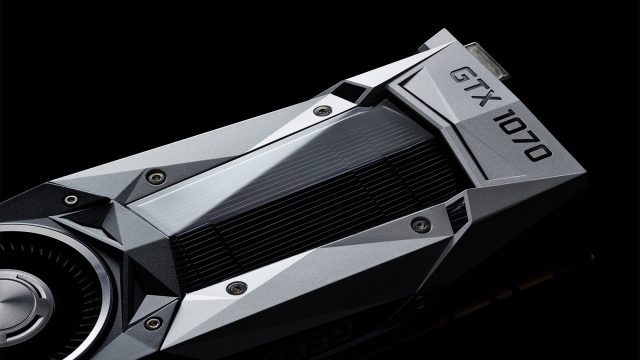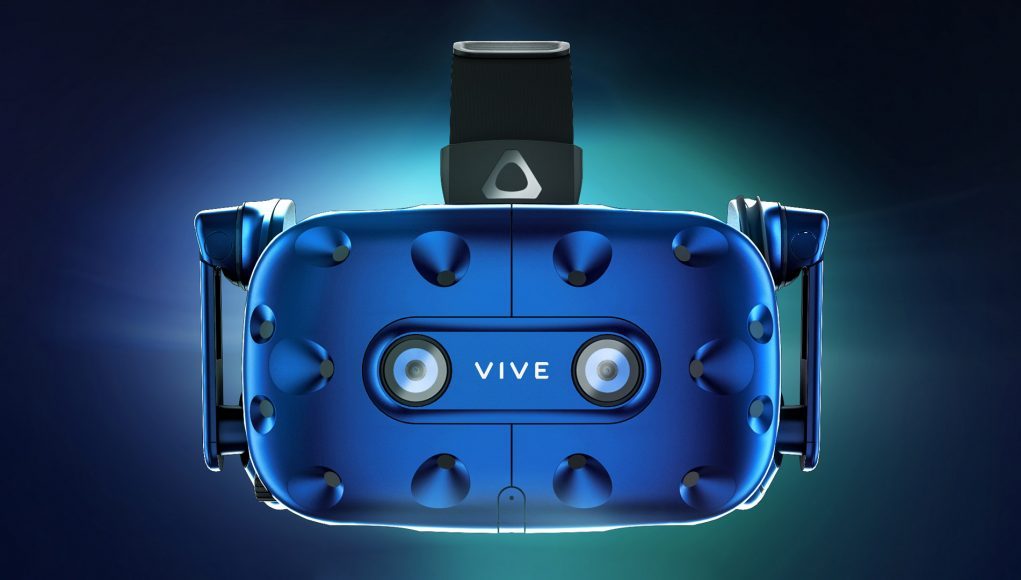Because VR is so demanding, hardware makers have issue ‘Recommended’ or ‘VR Ready’ guidelines to help customers understand what kind of hardware they need for a good VR experience. For the most part, the VR industry’s biggest players have agreed on the key parts of that recommended hardware. With the introduction of the Vive Pro, HTC is now suggesting the more powerful GTX 1070 as its ‘Recommended Spec’ for the Vive Pro, differing from the GTX 1060 suggested for use with other major headsets.
Among other improvements, the Vive Pro brings a screen with 78% more pixels than the original Vive (1,440 × 1,600 vs. 1,080 × 1,200, per eye), which means that, for the same scene, a GPU powering the Vive Pro will need to do a non-trivial amount of extra work to draw all the pixels at the 90 FPS target framerate; dropping below that target can cause visual artifacts and discomfort.
While HTC’s official Vive Pro page had initially listed the same Recommended GPU as the original Vive (the GTX 1060) for use with the Vive Pro, today the company updated the page to recommend NVIDIA’s GTX 1070, Quadro P5000, or AMD’s Radeon Vega 56. HTC tells Road to VR that the change was “based on NVIDIA’s testing.”
While the GTX 1070 or equivalent is now part of the ‘Recommended Spec’, a new ‘Minimum Spec’ is listed, which still includes the GTX 1060. Additionally, the Vive Pro’s ‘Minimum Spec’ differs from the original Vive’s ‘Recommended Spec’ by requiring a USB 3.0 port (instead of 2.0), and dropping HDMI connectivity (now requiring DisplayPort 1.2 or newer).
The Vive Pro ‘Minimum Spec’ also no longer lists Windows 7, instead now showing Windows 8.1 or Windows 10. It’s not clear if that means the Vive Pro simply won’t work with Windows 7, or if HTC just advises against it, though we’ve reached out for confirmation.

While SteamVR’s new auto resolution function means that SteamVR content should automatically adapt to the Vive Pro’s increased rendering demand and allow the GPU to maintain framerate, it may come at the expense of reducing the rendering resolution when the headset is used in conjunction with a GTX 1060-class GPU.
The move from GTX 1060 to 1070 as the headset’s ‘Recommended Spec’ isn’t a small change for consumers, as current prices on the 1070 (~$625) are roughly twice as expensive as the 1060 (~$325). Commercial users, however, are less likely to be impacted as they are often less price-conscious and may already be using higher-end hardware.
This change could be the start of a trend of fragmentation among the ‘VR Ready’ and ‘Recommended’ VR specs, which has been relatively consistent among leading VR companies to date, though we hope HTC and others will take steps to avoid consumer confusion.







